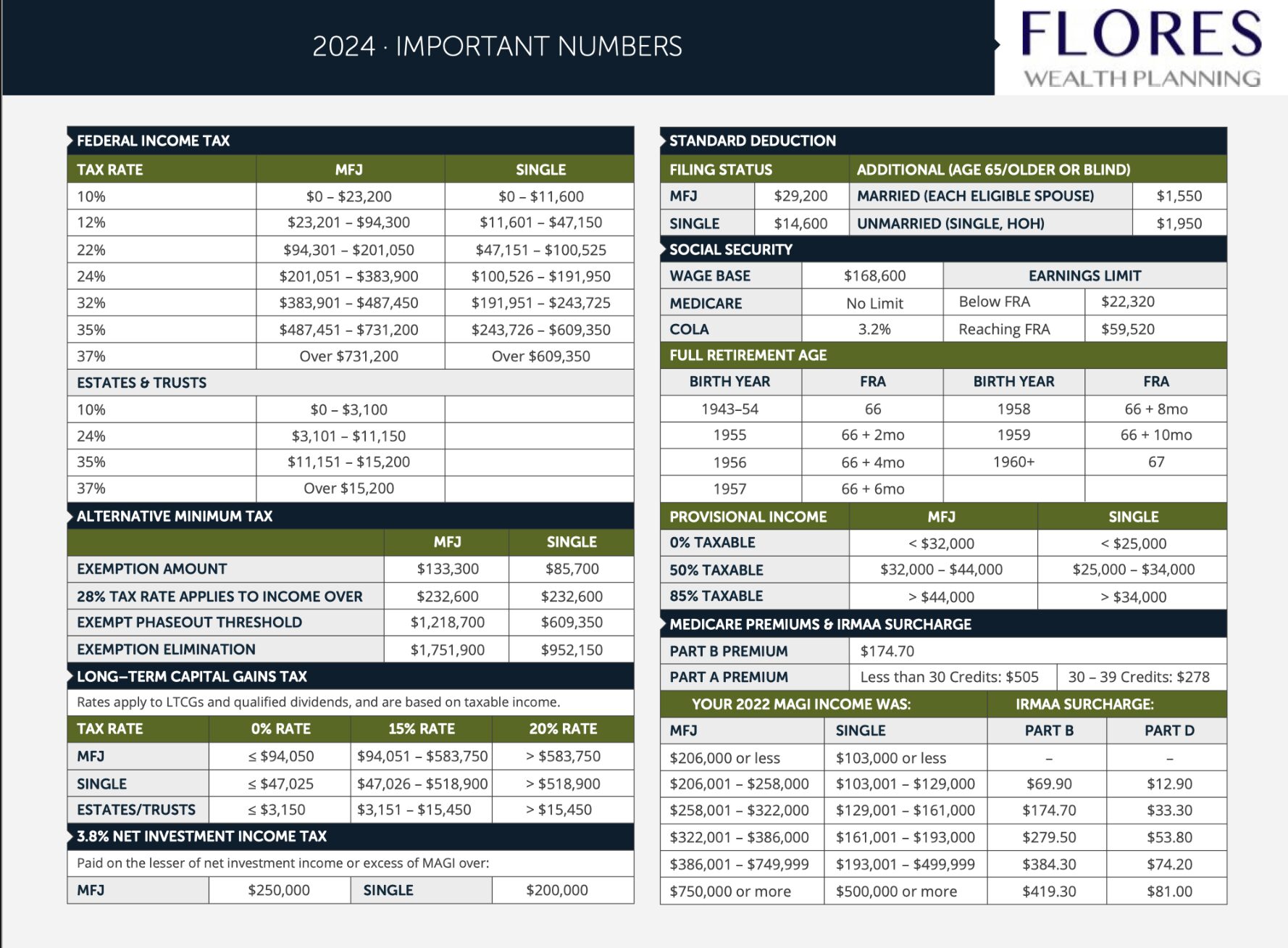Millennials often believe that they are too young to start worrying about their financial futures; after all, a goal like retirement may seem very far off. The truth is that it is never too soon to begin planning. If you are confused about how or when to start, consider these seven essential steps to help prepare for your future.
-
Prepare a Budget
The time one invests in creating and following a budget is time very well spent. Preparing a budget means taking a look at your financial situation and where your money is going on a monthly basis. Going through this process is likely to yield some surprising results.
One key to preparing a monthly budget is to understand surplus versus deficit. When you have a monthly surplus, that means you have extra money at the end of the month. However, when you have a monthly deficit, you owe more than you are bringing in. Clearly, you want to have a surplus rather than the alternative. According to a Wells Fargo study on Millennials, more than half surveyed were in fact living paycheck to paycheck. Debt was the largest issue for an impressive 42% of respondents.
The task of preparing a budget is now surprisingly easy, thanks to intuitive digital tools. There is a variety of options at your disposal. See our 3 Reasons Why You Need a Budget article.
-
Sign up for Long-Term Disability
Young people can be forgiven for not knowing about LTD or Long-Term Disability Insurance. However, LTD is crucial for all age groups who are working including Millennials. One never knows when an injury or illness may occur. You could spend months or even years without income due to an unexpected injury or onset of a serious illness like cancer.
Carrying long-term disability insurance is a secure way to protect one’s financial future. LTD helps replace some of your paychecks for an extended period when you cannot work at all or can only work part-time because of a disability. Look at your employer benefits for Long-Term Disability Insurance or consider finding an insurance company that offers individual LTD.
-
Create an Emergency Fund
Another essential element in preparing for one’s financial future is to have an emergency fund. This fund consists of money you have set aside to cover any expected expenses like health insurance annual deductibles, major repairs or expenses due to job loss. Unexpected problems can occur anytime. However, with an emergency fund at your disposal, you are much better equipped to handle any unexpected events.or
Being young and healthy in no way means that you do not need an emergency fund. Experts recommend that everyone should have an emergency fund ready that can cover at least 3 to 6 months of the most essential and necessary expenditures.
-
Save for Retirement
If your employer offers a retirement plan, such as a 401(k) or 403(b) or other plan, you’ll want to jump in. The sooner you start saving, the better off your retirement plan and financial future will be. So don’t leave money on the table. If your employer is matching your contribution, then by all means contribute at least up to the match!
A Roth 401(k)is an excellent option, so if your employer offers this option, you’ll likely want to take advantage of it. A Roth 401(k) can provide you with tax-free withdrawals during retirement.
You will want to save about 10 to 15% of your paycheck towards your retirement and consider investing in a diversified asset allocation. Target- date retirement funds can be a good choice. As the name suggests, they have a target date, such as 2030 or 2050, for retirement. The portfolio becomes more conservative as it approaches the retirement date.
-
Pay Off Your Debt
Debt is a problem that does not age well. Paying off your credit cards and student loans can be a challenge, but there are steps you can take to pay down your debt. The first and most important step is to have a strategy in place. There are free tools that can help you pay down your student loan debt such as Vertex42.com, which is a debt payoff spreadsheet and PowerPay.org.
When it comes to planning, the best strategy may very well be the Debt Avalanche method, which involves paying off high-interest debts first.
-
Establish Legal Documents
Another critical aspect of securing your financial future is having your legal “ducks in a row.” This means establishing important estate planning documents, such as a will, durable power of attorney and advanced medical directives. These steps should not be seen as something “for the rich,” as they are vital for people of all ages and income brackets. You will want to give a copy of these documents to your loved ones so that they can make the appropriate decisions when necessary. Finally, having your ducks in order means having your financial and legal documents together in a safe and secure place. Speak with an estate attorney to get this process started.
-
Determine Your Goals and Then Working to Achieve Them
Establishing goals is an essential part of building a solid financial plan. Think about your future financial goals and strategize how to save money for these events. This could include things like buying a car, home or investment property and getting married and having a baby.
Make sure your goals are SMART – Specific, Measurable, Achievable, Realistic, and Timely. Then review your current budget and see how these goals can impact your savings and surplus.
Consider working with a Certified Financial Planner™ professional who will tie all of the above issues and factors into one plan and personalize a strategy for helping you achieve your financial goals. When it comes to selecting a Financial Planner, only opt for a fee-only advice rather than an advisor that charges a commission on product sales.
Ultimately don’t get frustrated. Planning for your financial future is one of the most important things you will ever do. The points and tips outlined in this article can help you reduce your debt, increase your savings, save for retirement and open up new possibilities.


